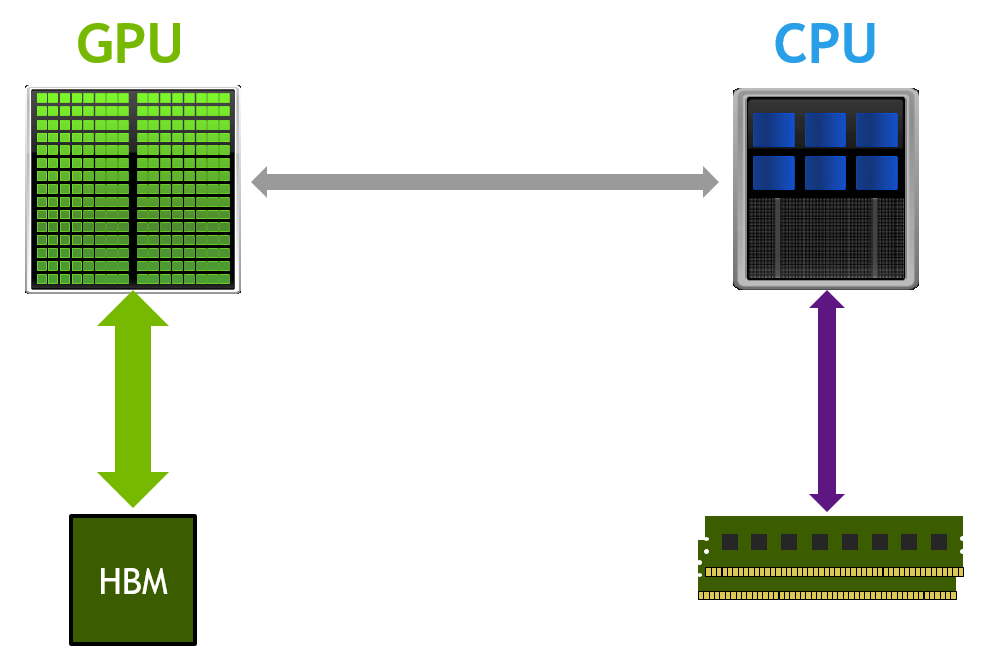How to Allocate GPU Memory
Allocating GPU memory might seem like a daunting task, but with the right knowledge and tools, it can be done efficiently. In this article, we will guide you through the process of allocating memory for your GPU to ensure optimal performance.
What is GPU Memory Allocation?
GPU memory allocation refers to the process of assigning memory resources to the graphics processing unit inside your computer. This memory is used to store data and instructions that the GPU needs to process in order to render images and perform other complex calculations.
Why is GPU Memory Allocation Important?
Properly allocating GPU memory is crucial for a smooth and efficient computing experience. Without enough memory, the GPU may struggle to perform tasks, resulting in laggy graphics, slow processing speeds, and even crashes.
How to Allocate GPU Memory
There are several ways to allocate GPU memory, depending on the operating system and the specific GPU you are using. Here are some general guidelines to help you allocate GPU memory effectively:
1. Adjust Virtual Memory Settings
Need Reliable VPS Hosting? Get high-performance virtual servers with full root access, SSD storage, and 24/7 support. Get VPS Hosting →
One way to allocate GPU memory is to adjust the virtual memory settings on your computer. Virtual memory supplements the physical RAM by using hard drive space. By increasing the virtual memory, you can allocate more resources to the GPU.
2. Update GPU Drivers
Ensure that your GPU drivers are up to date. Newer drivers often come with optimizations that can improve memory allocation and overall performance.
3. Monitor GPU Usage
Use monitoring tools to keep an eye on GPU usage. This can help you identify any memory allocation issues and make adjustments as needed.
Conclusion
Allocating GPU memory is an essential task for maximizing the performance of your graphics processing unit. By following the tips outlined in this article, you can ensure that your GPU is properly allocated with the resources it needs to run smoothly and efficiently.
Remember to regularly monitor GPU usage and update drivers to keep your system running optimally.
